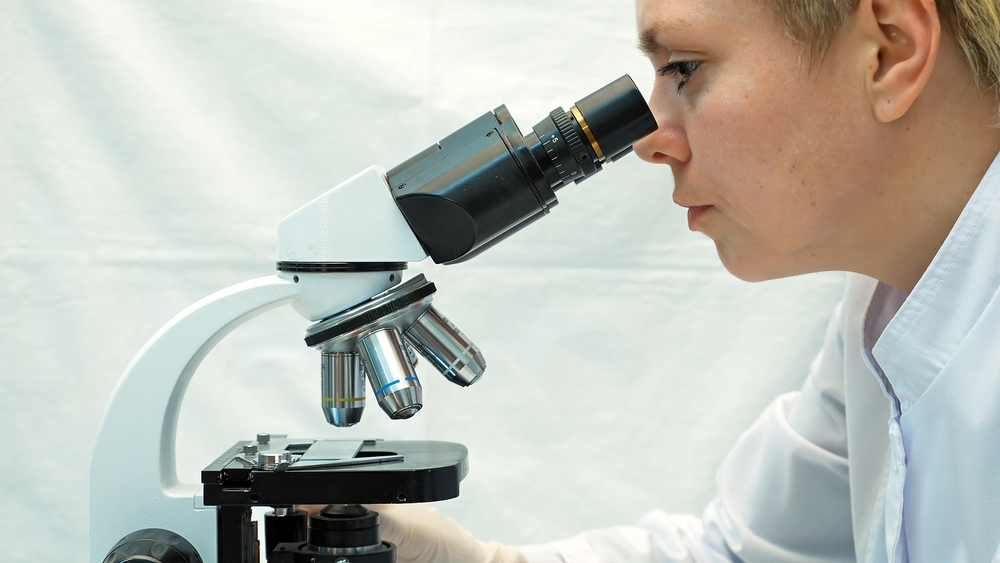High PD-L1 Production in Muscle Cells of MG Patients May Play Role in Autoimmunity, Study Says
Written by |

Muscle cells of myasthenia gravis patients produce large amounts of the programmed cell death ligand 1 (PD-L1) — a substance produced by different types of cells to prevent the overactivation of immune cells — which may affect how these patients’ immune systems work, a study says.
The findings of the study, “Programmed cell death ligand 1 expression is upregulated in the skeletal muscle of patients with myasthenia gravis,” were published in the Journal of Neuroimmunology.
T-cells, the killers of the immune system, have a kind of “off-switch” that prevents them from becoming overactive. When the PD-L1 molecule — which is produced by different types of healthy cells — interacts with the PD-1 receptor on the surface of T-cells, it basically tells the T-cell to leave the other cells alone. For that reason, this mechanism is important for immune tolerance.
“PD-L1 expression has also been reported to be upregulated [or increased] in the skeletal muscle of patients with myositis, which is suggested to prevent the inflammatory and autoimmune responses of the muscle. However, the role of PD-L1 in MG [myasthenia gravis] remains unclear,” the study stated.
In the study, a group of researchers from the Kanazawa University Graduate School of Medical Science in Japan and their collaborators, set out to examine the expression pattern of PD-L1 in muscle cells from MG patients and its possible relationship with disease severity.
The study involved a total of 15 patients with classical autoimmune MG, five patients with inflammatory myopathy, and six without myopathy, who provided muscle tissue samples for analysis.
The localization of the PD-L1 protein in the samples was determined by immunohistochemistry. The levels of PD-L1 messenger RNA (mRNA, which is the template used for the production of a protein) were assessed by quantitative real-time polymerase chain reaction (qRT-PCR).
In 11 MG patients, immunohistochemistry analyses confirmed the PD-L1 protein was present on the membrane and/or cytoplasm (the material found inside cells) of muscle cells.
Moreover, qRT-PCR data showed the levels of PD-L1 mRNA in muscle cells from patients with myositis or MG were significantly higher compared with those found on muscle cells from individuals who did not have any type of myopathy.
“We hypothesized that upregulated PD-L1 expression in the skeletal muscle of patients with MG might induce the regulation of autoimmune responses and tolerance of autoimmune reactions, similar to previous studies on tumor cells and myositis. PD-L1 expression in muscle cells could provide a clue for a new target of therapeutic intervention in MG,” the investigators said.
In addition, statistical analyses showed a correlation between the levels of PD-L1 mRNA found in the muscles of MG patients and disease severity (assessed by the quantitative MG scores, or QMG).
“Sufficient PD-L1 expression in MG muscle cells might maintain moderate symptoms. By contrast, MG patients with low expression of PD-L1 in the muscles might experience loss of control of immune reactions and manifest with more severe clinical symptoms,” the authors said.
“In the future, additional studies should be conducted to investigate the expression of PD-L1 in different muscles, and large-scale studies are needed to investigate whether upregulation of PD-L1 in the muscles is a specific phenomenon of MG,” they added.






louise ladouceur
more infos